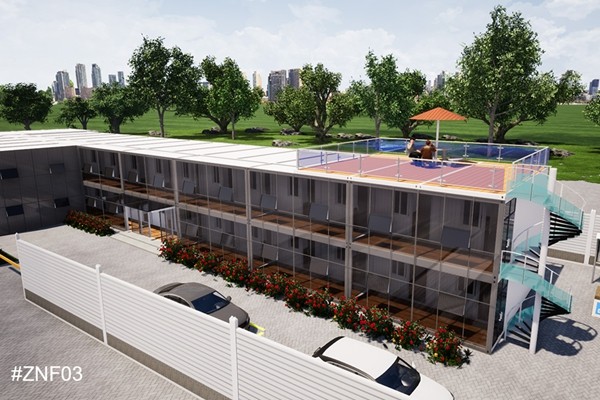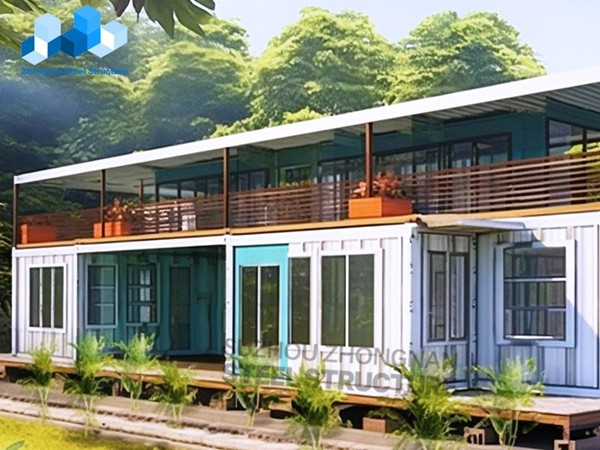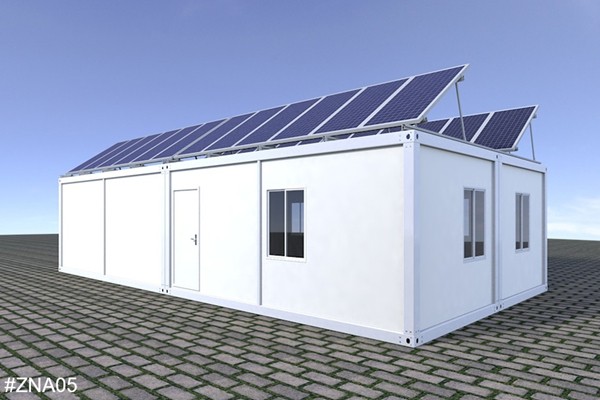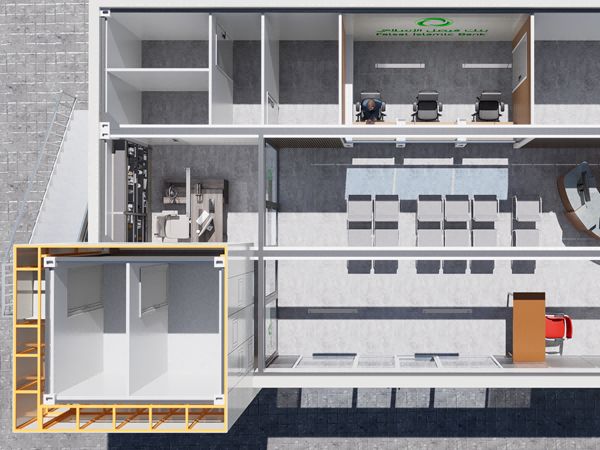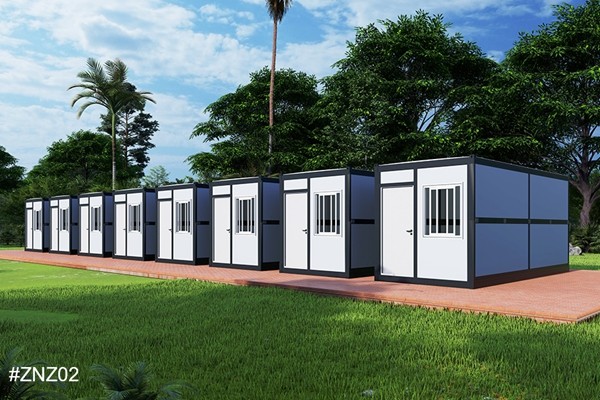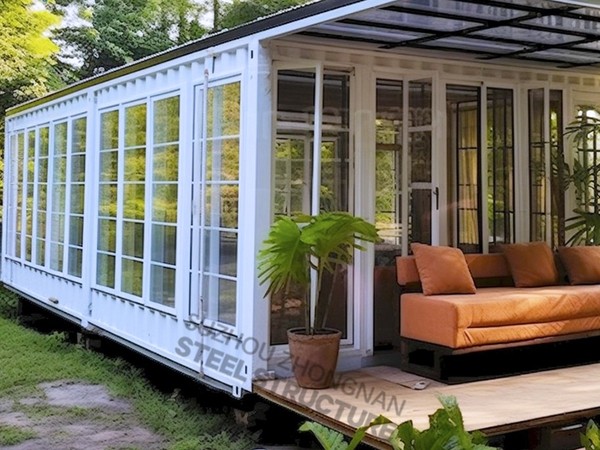square footage shipping container
Shipping containers have increasingly become a versatile solution for numerous applications beyond their traditional use in freight transport. Whether for constructing modular homes, creating innovative commercial spaces, or utilizing them for portable storage, understanding the square footage of a shipping container is essential for maximizing its utility and ensuring effective planning.

Shipping containers predominantly come in two standard lengths 20 feet and 40 feet. These containers also have a standard width of 8 feet, with common heights being either 8.5 feet for a standard container or 9.5 feet for a high-cube container, allowing for additional vertical space. Calculating the square footage of these containers provides a clear idea of the available space for various applications.
The 20-foot shipping container measures 20 feet in length, 8 feet in width, and 8.5 feet in height (9.5 feet for a high-cube container). The simple calculation for the floor area, or square footage, is length multiplied by width, resulting in 160 square feet of floor space. When considering a high-cube container, while the floor space remains the same, the extra foot in height increases the cubic volume, offering more vertical storage or living area potential.

Similarly, the 40-foot container provides 320 square feet of base floor space, as it doubles the length of the 20-foot container. High-cube variants of the 40-foot container add extra vertical space, vital for specific storage needs, or when designing rooms that require additional headroom or vertical storage options.
Knowing the square footage is crucial for numerous reasons. For one, it assists in evaluating how many containers are needed for particular projects. Whether planning to build a home with multiple rooms or aiming to create separate offices or retail spaces within a container, understanding the square footage helps in the efficient division and utilization of space within the container.square footage shipping container
From an architectural perspective, knowledge of a shipping container's square footage allows designers and engineers to create dynamic and adaptive plans. These containers are strong and durable, constructed to endure extreme environmental conditions, making them ideal for diverse and innovative designs. By integrating creative architectural solutions, shipping containers can be transformed into sustainable and stylish living or working spaces.
From a financial standpoint, knowing the structure's dimensions and space capabilities allows for precise budgeting. Real estate costs often depend on square footage, making it a critical factor when pricing a container-based project, whether for sale or lease. This knowledge prevents overestimation or underutilization of space, both of which can lead to budgetary inefficiencies.
Moreover, the square footage of a shipping container helps ensure compliance with local regulations and zoning laws that often stipulate requirements with respect to space utilization and construction. Adequate planning and understanding of these rules support orderly development and minimize legal inconveniences.
In conclusion, the simplicity of a shipping container belies the vast potential for innovative applications. Grasping the concept of square footage – the fundamental measure of space – enhances the strategic use of containers. This understanding not only contributes to optimized spatial design but also, importantly, aligns logistical, architectural, and financial considerations, ensuring successful project outcomes. Shipping containers embody adaptability, and realizing their full potential starts with understanding the basic yet crucial dimensions they offer.

